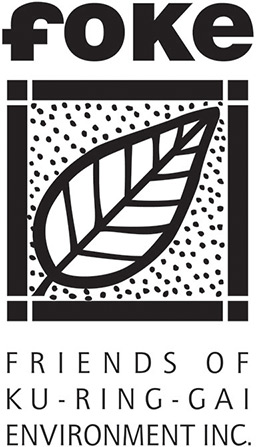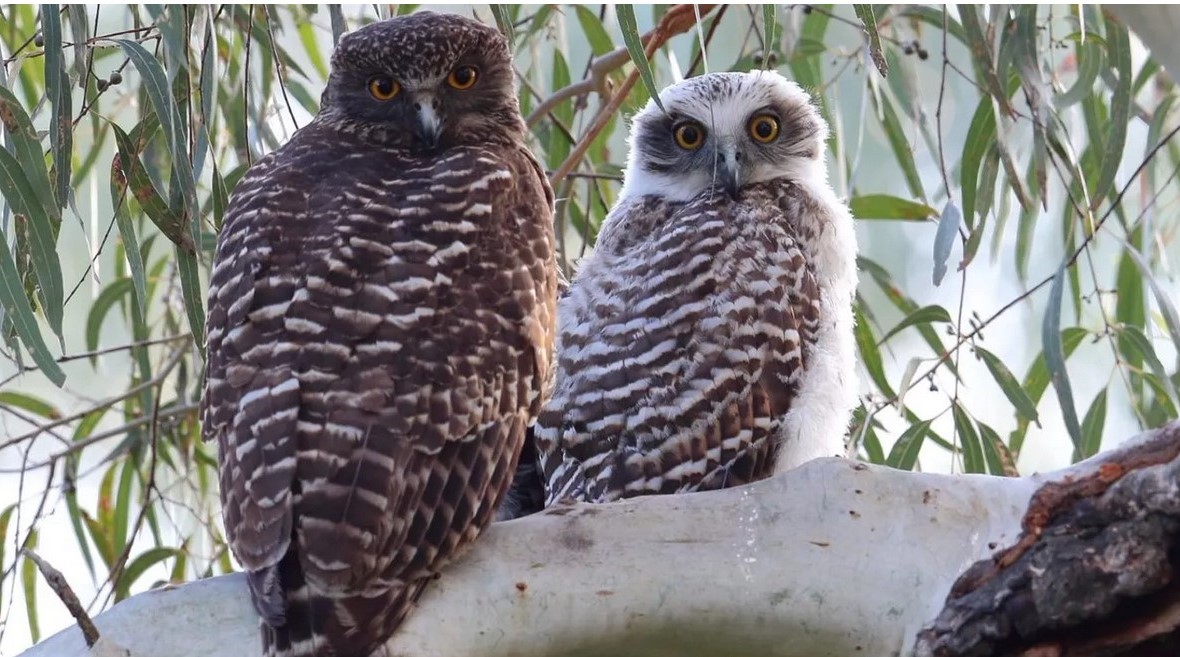The 50th Anniversary of World Environment Day was celebrated on 5 June, 2023.
Sadly, since that first World Environment Day, celebrated in 1973, the environment continues its decline due to the doubling of population and the failure of governments to protect the environment.
The 1973 World Environment Day first slogan “Only One Earth” was a potent reminder about the global collective responsibility for the environment. However since 1973 global population has doubled – growing from four billion to eight billion. Australia’s population has grown from 13.4 million to 26.4 million.
The world is facing not only a climate crisis but a biodiversity crisis referred to as the ‘Sixth Mass Extinction’.
The Ku-ring-gai Local Government Area is a place of high biodiversity because of the habitat provided by its large tracts of national parks, bushland reserves, remnant forests, canopy trees and gardens.
Ku-ring-gai Council’s State of Environment Report 2017-2021 states:
“Early European settlers recognised the significance of the natural bushland, its important place in communities and its health benefits for a growing Sydney. They advocated strongly for the retention of bushland reserves, set aside land for the reserves, parklands and recreation areas that Ku-ring-gai is renowned for today and planted trees to replace those removed from earlier timber logging industries.
Known as the ‘Green Heart’ of Sydney, Ku-ring-gai contains a diverse natural habitat regarded as the last remaining areas of biodiversity significance in the Sydney metropolitan area. This includes:
- 119 bushland reserves covering 1,150 hectares.
- Nationally significant ecological communities including remnant Blue Gum High Forest and Sydney Turpentine Ironbark Forest. Four of Ku-ring-gai’s ecological communities are endangered and two are critically endangered.
- Over 800 recorded native plant species (including 18 threatened species) and over 690 species of native animals (including more than 10 threatened species).
- Two bio-banking sites totalling over 100 hectares of parks and reserves.
The Ku-ring-gai Local Government Area (LGA) contains significant bushland and a unique combination of soils, topography, vegetation and fauna habitats which support high biodiversity. The unique vegetation provides critical habitat for many species with highly restricted distributions. Many threatened plants, mammals, birds, reptiles, amphibians and invertebrates have been recorded within the LGA and the adjoining national parks. A number of significant vegetation associations are also present in the area, including many that are commensurate with threat-listed ecological communities under the NSW Biodiversity Conservation Act 2016 and Environment Protection and Biodiversity Conservation Act 1999. Ku-ring-gai also contains a nationally significant camp of Grey-Headed Flying-Fox.”
Despite this recognition, Ku-ring-gai’s biodiversity continues to decline due to weak NSW and Federal environmental and planning legislation. If Governments are serious about addressing the climate and biodiversity crises then they must address the impacts of population growth and urban density.
It’s time for the NSW and Federal governments to recognise Ku-ring-gai as a place of “environmental splendour” – and protect this national treasure.
References:
Ku-ring-gai Council, State of Environment Report, 2017-2021
Federal Government, State of the Environment Report, 2021 (https://soe.dcceew.gov.au/overview/pressures/people)

